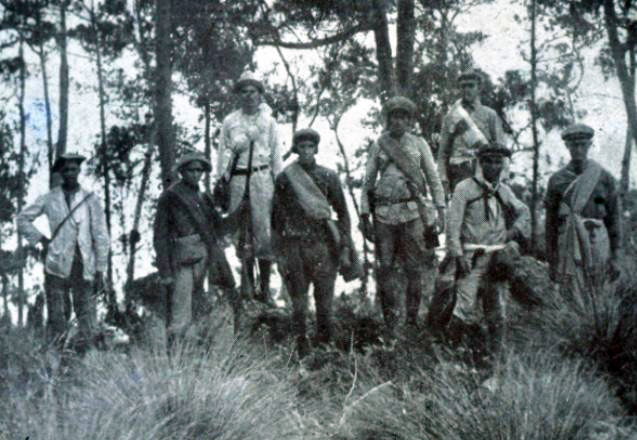there's no mention of the US designing an auto-rifle ala the Garand: we do see the Thompson and BAR mentioned, but the commentary usually has US troops picking up Tredegars and Confederate SMG's.That's a little tricky, Germany was allied to the US during the Great War and therefore at war with Mexico but they would be buying the guns from Switzerland, however in TL-191 the guns might have been manufactured in the CSA instead of Switzerland, in which case no they (Germany)would not be able to purchase the Mandragons.
Another interesting gun question, was the Garand M1 butterflied in TL-191? If not would Germany be interested or inspired by the M1?
Indeed, the US paratroops who drop on Lookout Mountain and Missionary Ridge are armed with Tredegar auto-rifles.





